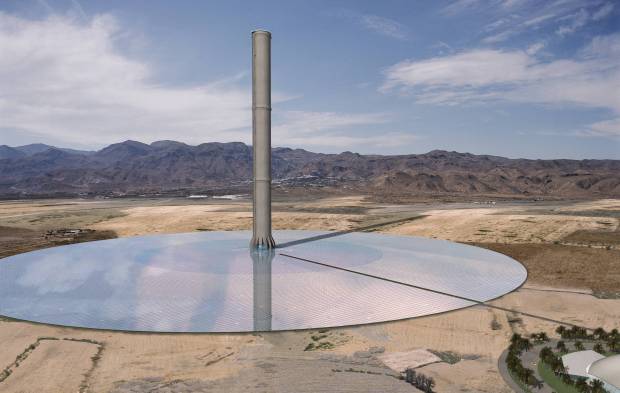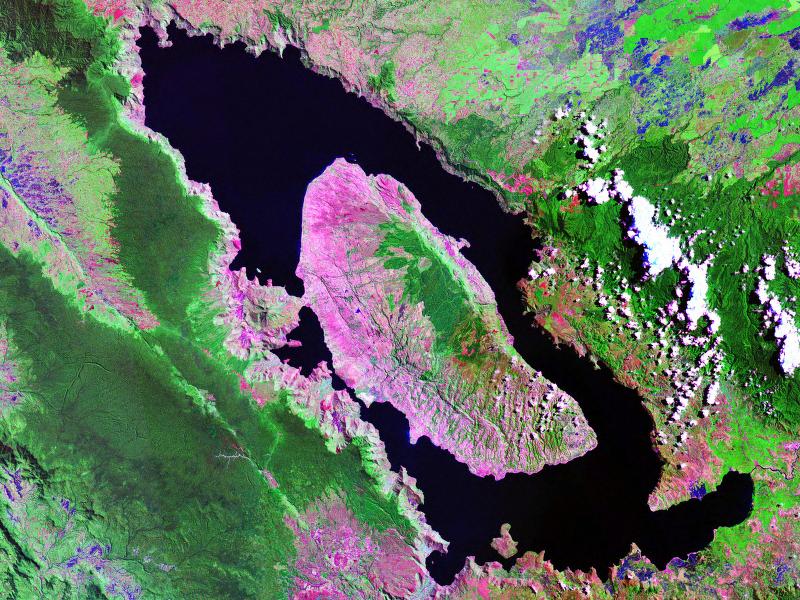trysail
Catch Me Who Can
- Joined
- Nov 8, 2005
- Posts
- 25,593
Award-winning Princeton University Physicist Dr. Will Happer, who has published over 200 scientific papers, warned Congress that it has been “badly misinformed” about man-made global warming fears. “Congress has been getting bad intelligence,” Happer, who was reportedly fired by former Vice President Al Gore in 1993 for failing to adhere to Gore’s scientific views, declared in a July 6, 2009 in an interview.
“Congress has been badly misinformed about the so-called science that supports the claim that increasing CO2 levels will bring about catastrophic climate change,” Happer explained to Newsmax.com. Happer did not mince words, calling the movement to promote man-made global warming fears a “climate change cult” and noted that “zealots” promoting climate fears “are actually extremely ignorant.”
“The idea that Congress can stop climate change would be just hilarious if the actions they propose were not so damaging to the American people and even more [damaging] to the poorer people of the world,” Happer said.
“The so-called facts they are getting are just not true,” Happer explained. “This is not a Democrat or Republican issue. As our Congressman learn more about the facts, they will change their minds” and reject man-made climate fears.
Happer noted that “CO2 is not a pollutant. CO2 is essential for life.” He added that the Earth will “be a better place with more CO2.”
Happer testified before the U.S. Senate Environment and Public Works Committee on February 25, 2009 and noted that the Earth was currently in a “CO2 famine.” Happer requested to be added to the U.S. Senate Report of over 700 dissenting scientists on December 22, 2008. Happer also co-authored an Open Letter to Congress with a team of scientists on July 1, 2009 warning: ‘You Are Being Deceived About Global Warming’—‘Earth has been cooling for ten years.’
In addition, Happer has led a group of 54 prominent physicists to demand the American Physical Society (APS) revise its global warming position. The 54 physicists wrote to APS governing board: “Measured or reconstructed temperature records indicate that 20th - 21st century changes are neither exceptional nor persistent, and the historical and geological records show many periods warmer than today.” (Note: Both Nature and Science magazines refused to run the physicists’ open letter.)
In the July 6, 2009 interview, Happer noted that many are poised to benefit from the proposed Congressional carbon trading bill. “History shows you really can get rich on a cult. Some of big pushers of cap-and-trade were Enron before it went belly up,” Happer said.
“Congress has been badly misinformed about the so-called science that supports the claim that increasing CO2 levels will bring about catastrophic climate change,” Happer explained to Newsmax.com. Happer did not mince words, calling the movement to promote man-made global warming fears a “climate change cult” and noted that “zealots” promoting climate fears “are actually extremely ignorant.”
“The idea that Congress can stop climate change would be just hilarious if the actions they propose were not so damaging to the American people and even more [damaging] to the poorer people of the world,” Happer said.
“The so-called facts they are getting are just not true,” Happer explained. “This is not a Democrat or Republican issue. As our Congressman learn more about the facts, they will change their minds” and reject man-made climate fears.
Happer noted that “CO2 is not a pollutant. CO2 is essential for life.” He added that the Earth will “be a better place with more CO2.”
Happer testified before the U.S. Senate Environment and Public Works Committee on February 25, 2009 and noted that the Earth was currently in a “CO2 famine.” Happer requested to be added to the U.S. Senate Report of over 700 dissenting scientists on December 22, 2008. Happer also co-authored an Open Letter to Congress with a team of scientists on July 1, 2009 warning: ‘You Are Being Deceived About Global Warming’—‘Earth has been cooling for ten years.’
In addition, Happer has led a group of 54 prominent physicists to demand the American Physical Society (APS) revise its global warming position. The 54 physicists wrote to APS governing board: “Measured or reconstructed temperature records indicate that 20th - 21st century changes are neither exceptional nor persistent, and the historical and geological records show many periods warmer than today.” (Note: Both Nature and Science magazines refused to run the physicists’ open letter.)
In the July 6, 2009 interview, Happer noted that many are poised to benefit from the proposed Congressional carbon trading bill. “History shows you really can get rich on a cult. Some of big pushers of cap-and-trade were Enron before it went belly up,” Happer said.
















